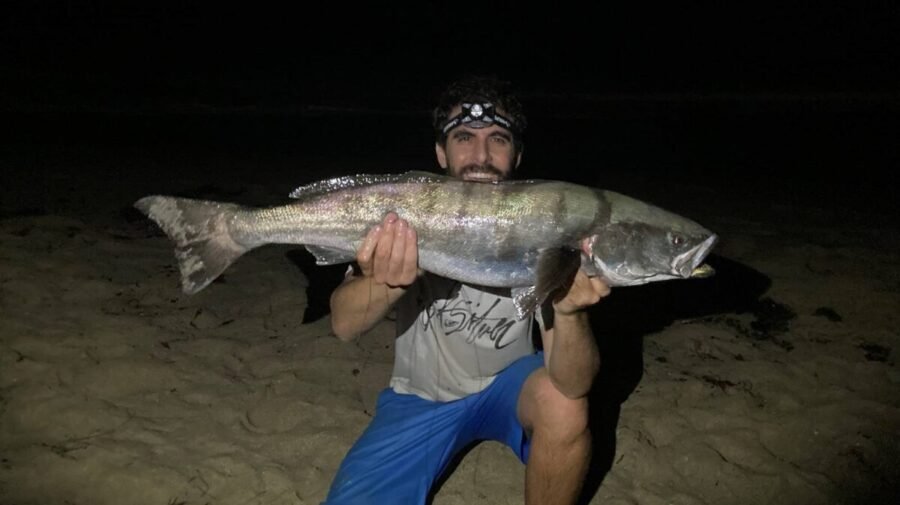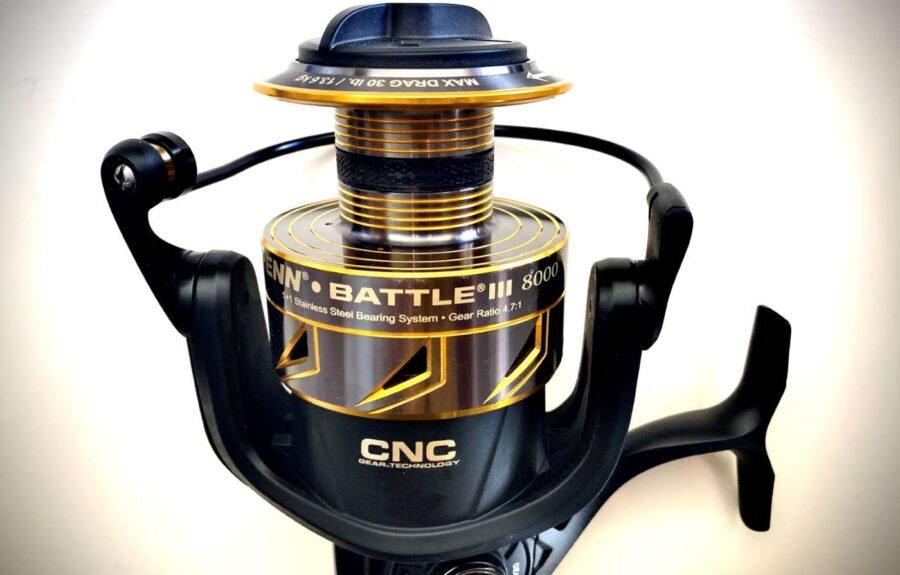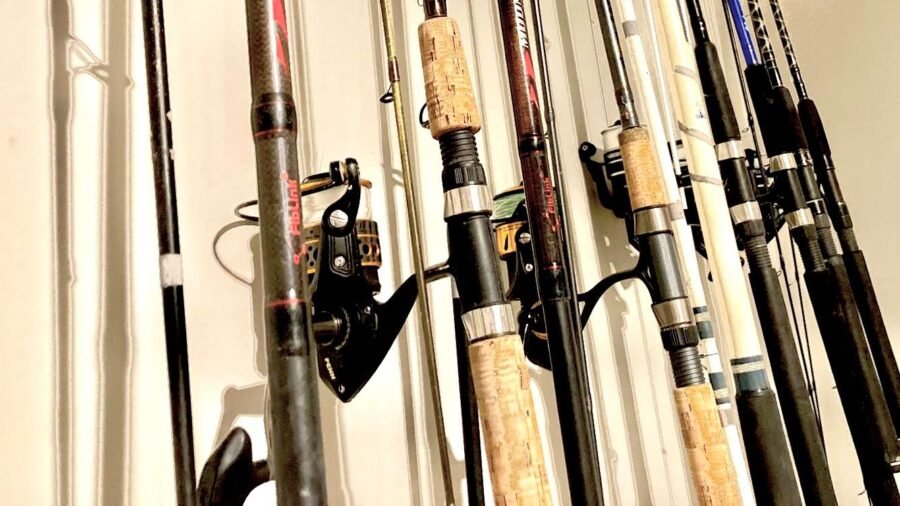What’s The Best Night of the Grunion Run? Predicting Grunion
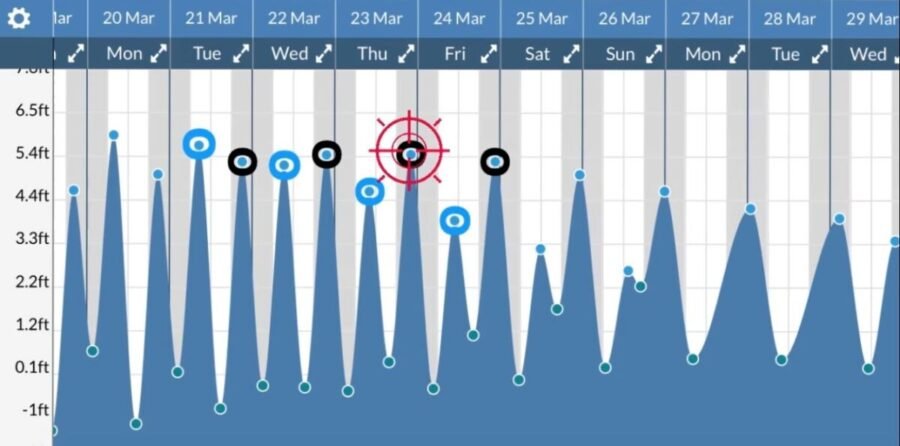
Everyone wants to know which night the grunion will run and which beach they’ll run at. Is it possible to predict the most likely or best night for a grunion run? I’ve been digging deep on this topic lately and I would argue that we can use the science behind grunion runs to determine which is the best night of the grunion run.
After writing this article, I realized I touched on so many factors that contribute to predicting the best night for a grunion run and it was extremely difficult to organize. Please don’t hesitate to ask questions in the comments at the end of this article.
Over the years, I’ve paid attention to the grunion run schedules and tried to correlate patterns as to which night is the best night of the run and which beaches are best. After diving deep into the science behind grunion runs, I’ve developed a theory that might just hold the answer we’ve all been looking for. But, like all things fishing, “everything I know is just one big theory”; So take it and tweak it… or just leave it. Before we dive into this article though, if you don’t know what grunion are or you haven’t read my previous article on Grunion Runs: What, Where, When and How, I’d encourage you to read through that.
Let’s first address the two common questions regarding grunion runs.
Is the Full Moon or New Moon Best?
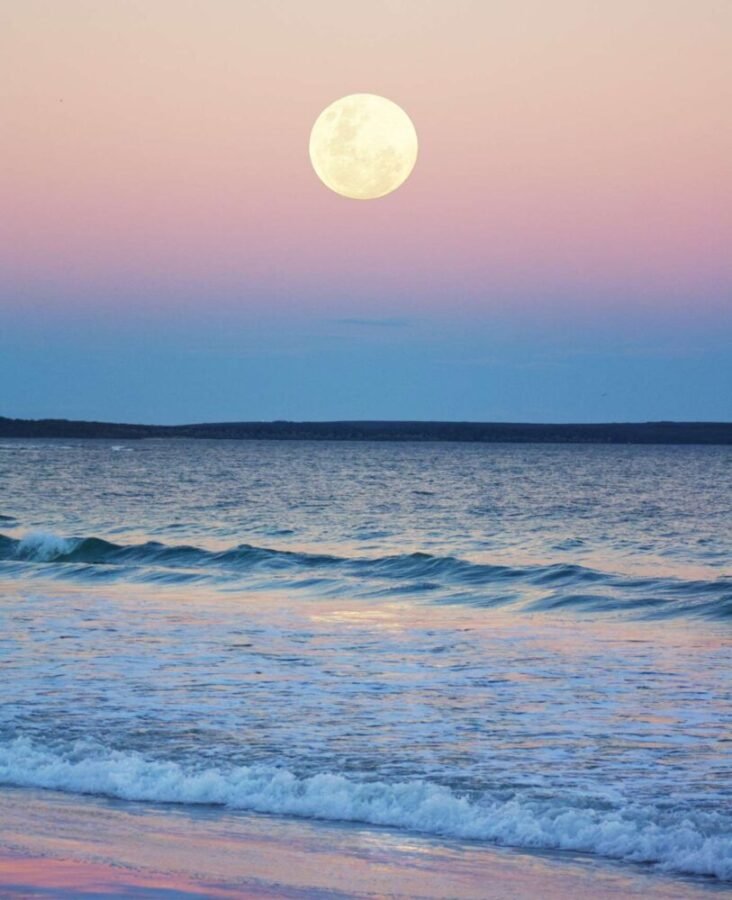
One common question goes something like this – “are full moons or new moons better for grunion runs?” In my experience and in many of my friends’ experiences, it seems everyone prefers full moons, while I tend to think that’s a mental predisposition that isn’t backed by much testing, there could be some science, and thus, truth behind the theory.
If you take a look at the tidal swings and differentials. We can see that full moons cause a more significant tidal swing and a larger gap between the night time high tide and the day time high tide. Additionally, the differential between the morning low tide and the night time high tide is noticeably larger than that of new moon tides. In some cases, this differential can surpass 9 feet of tidal height difference from high to low. This could certainly play a role.
Which Night? First, Second, Third or Fourth Night of the Run
Although this is the title of the article, I actually don’t think this is the best question to ask. Why? Because at the end of the day, these are all just predictions put out by CDFW every year. And if you analyze the published predictions from March through August, there are a number of inconsistencies when it comes to lining up full/new moons and high tides to their corresponding “numbered day of the grunion run”.
For example, here are my personal predictions I’ve formed from my research thus far:
- 1st Predicted Run (3/7 – 3/10) | Not Expecting Any Run
- 2nd Predicted Run (3/21 – 3/24) | 3rd Night (3/23)
- 3rd Predicted Run (4/6 – 4/9) | 3rd Night (4/8)
- 4th Predicted Run (4/20 – 4/23) | 1st Night (4/20)… I think this will be the second night of four
So rather than assuming a certain “day of the grunion run” is best, we should look at why grunion run, and line up the days that check all the boxes the best.
Why Do Grunion Run?
Grunion make their way from the water, onto the sand to spawn. During this process, female grunion burrow their bodies into the sand and lay their eggs about an inch or two deep. Meanwhile, males wrap their bodies around the females and secrete their “milt” or semen which then drips down the female’s body and eventually reaches her freshly laid eggs. So why does all this matter and where is this theory that predicts the best night of the grunion run explained? Keep reading and I promise I’ll get there.
Like many things in nature, you really have to give these slimy little fish some credit. According to California Sea Grant…
“Grunion runs occur “when the tides are at their highest, which occurs twice in the lunar cycle: during the full moon and the new moon. At these times, grunions come up completely out of the water to lay and fertilize their eggs in the sand above the high tide line.”
What Has To Happen Between Spawning and Birth?
Next, we’ll look at the criteria that needs to be met in order for a grunion to be born after the run occurs. The following questions should be asked and answered.
- Why are grunion eggs fertilized beneath the sand?
- Do the eggs need to remain buried and above the high tide line?
- How long do the eggs need to remain above the water line?
- AKA: How long does it take for grunion eggs to hatch?
According to California Sea Grant…
The eggs being buried beneath the sand above the high tide line “ensures that the eggs will only be submerged during high tides, which is important because it allows them to get enough oxygen.
Being buried in sand also protects them from aquatic predators that would eat eggs floating in the water. Plus, it’s typically warmer in the sand which allows the eggs to develop faster. The eggs remain below the sand until the next high tide washes them to the surface and into seawater, triggering the embryos inside to hatch.”
Summing It All Up
Since another resource stated that grunion eggs take an average of 10 days to hatch after fertilization, we can assume that “the next high tide” implies “the next high tide cycle”.
So if we piece all of the information we’ve covered so far together, the most likely night for grunion runs to occur would theoretically be the night of the highest high tide. But what if there’s a day time high tide that’s higher than the highest night time high tide? This is where what I call the “night-to-day tidal inversion” comes into play. Which leads us to…
The 3 Predicting Factors For When Grunion Runs Should Occur
- Tidal Inversion – Night Time High Tide > Day Time High Tide
- Highest High Tide
- Largest Drop In Following Night’s High Tide
1) Tidal Inversion (Night vs Day)
Alright, so since grunion need to lay their eggs above the high tide line (of the next ten days), theoretically, grunion should only run when the night time high tides are higher than the day time high tides. This inversion begins in March and ends by August.
It wouldn’t make any sense for a run to occur during a night time high tide of 5 feet if the following day time high tide surpassed that and reached 6 feet. Make sense?
Analyzing The 1st Predicted Grunion Run of 2023
If we look at the images below, I’ve circled the day time high tides in blue and the night time high tides in black. We can see that the night time high tide doesn’t surpass the height of the day time high tide until the third night (March 9th) of this next predicted grunion run. Theoretically, grunion should not run until March 9th.
But even then, the following night time high tides remain close to equal height for the following week or so. In my opinion, this “predicted grunion run” shouldn’t even be on the schedule. We shall see, though. Put it to the test, and if you witness (or receive news of) a run this week, let me know!
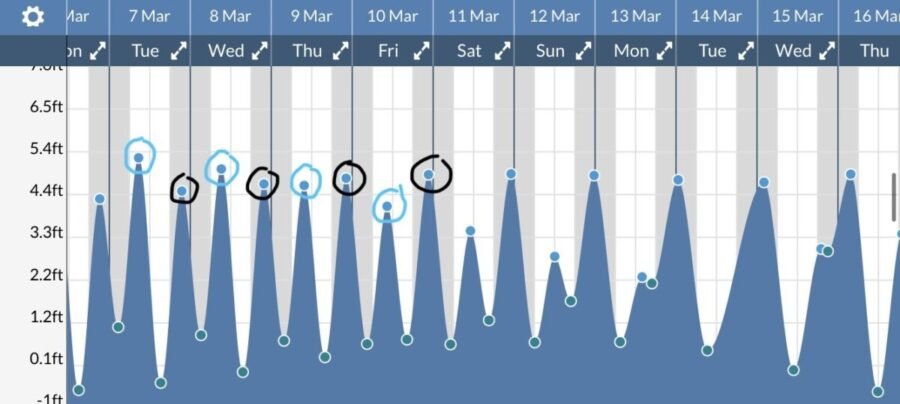
Analyzing The 2nd Predicted Grunion Run of 2023
Looking at the tidal table below, the second of the predicted grunion runs for 2023 looks much more likely to occur than the first.
Why? Because by the second predicted night of the run, the night time high tide is already higher than the day time high tide. You’ll notice that this trend gets more and more exaggerated as we get deeper into summer.
Additionally, the nights following the 3rd night of the run (March 23rd) begin to decrease and are lower every night than the night before.
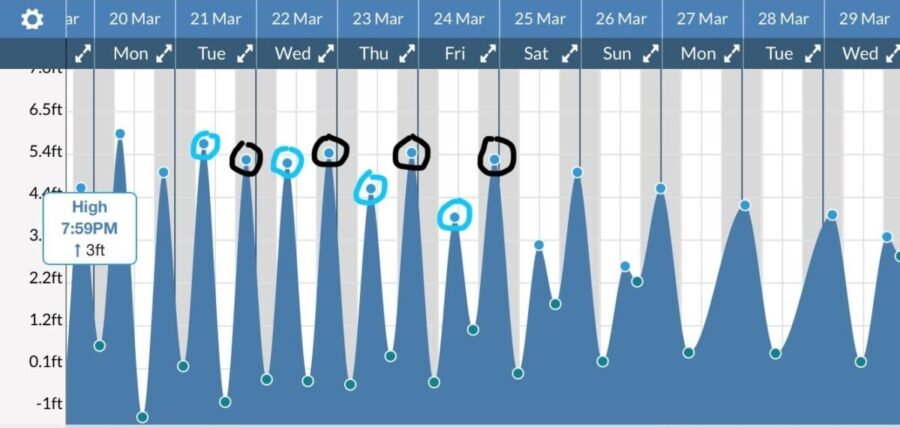
2) Highest High Tide
This is the most “cut and dry” of the three predicting tools we’ll be covering in this article… but at the same time, there are two additional conditions/scenarios that can throw this tool out of whack.
Logically speaking, if grunion should lay their eggs above the high tide line with regards to the next 10 days, the highest high tide should be a no brainer for one of the most likely nights for a grunion run to take place. This should certainly be one of the days to expect a run.
But, two main additional factors can reduce the significance of the “highest high tide”. Firstly, the next night could be just as high. If this is the case, maybe this second night of equally high tide will be better than the first because the following nights will feature lower high tides.
Secondly, the night with the highest high tide could correspond with extremely calm surf while the following night (even though the high tide may be slightly lower) may forecast high surf. The combination of high surf and tide could push the breaking waves above the high tide line of the previous night.
3) Largest Differential (Largest Drop in High Tide Height)
The final predicting factor will be the significance in drop from one high tide to the next (night time high tides).
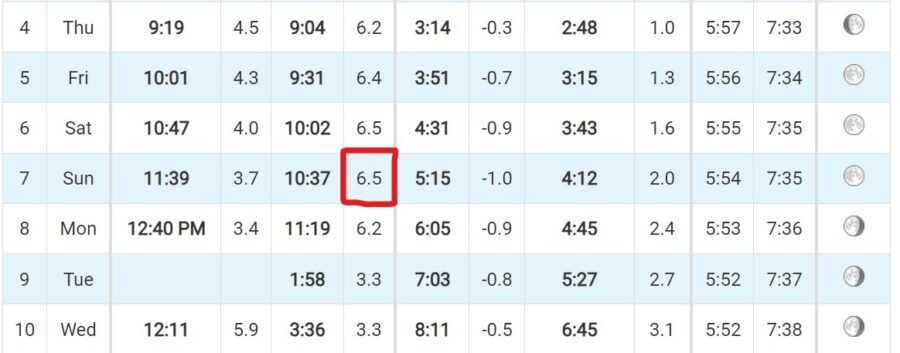
The logic here is that grunion should run on the night before the drop in tidal height begins to accelerate. If we look at the image above, I circled the night which I would believe to be the most likely night for a grunion run to occur. In this situation, it’s the 3rd night of the predicted grunion run.
This is because we had two equally high high tides, and then the following night features a significant drop and so on. Since we can expect the tide to be lower by a larger amount than the first decrease in tidal height (6.5 – 6.6 = 0 vs 6.5 – 6.2 = .3) we can expect grunion to take advantage of that leeway.
